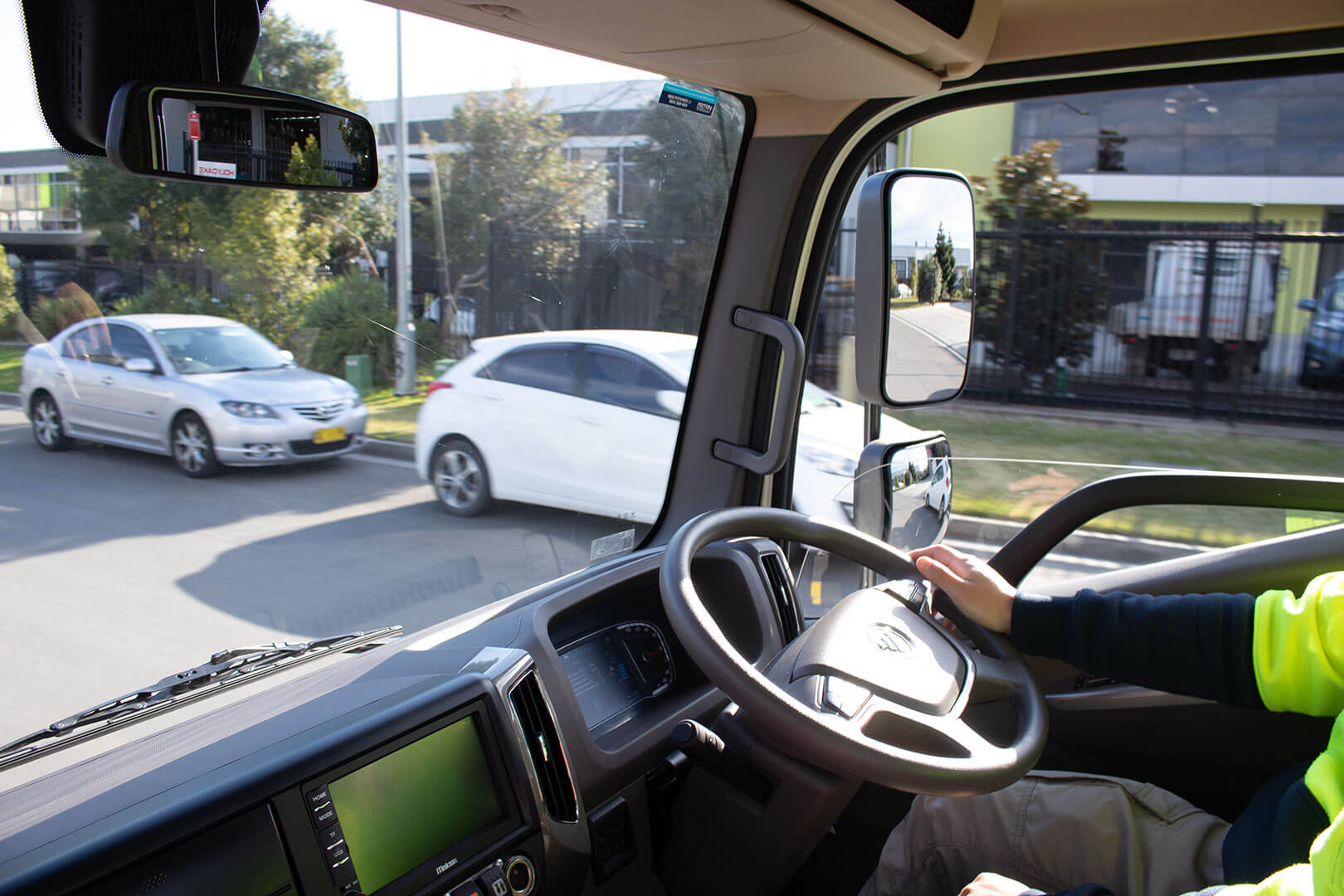The Australian government has passed the bill on the proposed New Vehicle Efficiency Standards (NVES) after a long wait- Australia is the second last developed country to implement fuel efficiency standards.
But reading the NVES bill is a task in and of itself. Definitions are confusing and there are a lot of references to other documents which you then have to hunt down. At the end you’re left with a lot of questions. Here’s a breakdown for what logistics fleet owners and operators need to know about the NVES:
- It only applies to new vehicles bought in and after 2025
There will not be any new fees or regulations on existing vehicles, including if you were to purchase second hand vehicles. If you are looking at refreshing your fleet with new vehicles, you should expect to see more options to choose from on the market, though how quickly they’ll show up, we’re not sure.
Vehicle manufacturers will be incentivized through a credit and debit system to sell (and make available) more fuel efficient vehicles, increasing your choices.
However, if you’re switching from ICE vehicles to EVs, you will need to factor in the cost and time spent in building charging infrastructure.
Simulate your transition to EVs with our Fleet Simulator. There are some surprising benefits to route planning with EVs, including the potential for extra delivery runs in a day, and new route efficiencies based on cargo load, battery capacity, and more.
- Delivery vans up to 4.5 tonnes are included in the standards
Figuring out which vehicles were and weren’t included in the standards is confusing due to the way the proposal (and linked documents) are laid out.
What you need to know is, any vehicle that is “constructed primarily for the carriage of goods” and the gross vehicle mass does not exceed 4.5 tonnes, is included in the new standards.
Gross vehicle mass is defined as the maximum laden mass of the vehicle, or the weight of the vehicle and its load.
- Credits and debits only apply to vehicle manufacturers
As a fleet owner, you don’t need to worry about the credit and debit system. The only impact to you is a change in available vehicles (it should make more models available to the Australian market) and a greater incentive to choose lower emissions vehicles, like hybrids or EVs.
If you’re interested in understanding the credit and debit system, the main concept behind it is that the government will set a target each year (progressively getting lower each year) and for each new car sold that meets or exceeds the target, they will receive a credit. If the vehicle doesn’t meet the target, they’ll receive a debit.
After a certain period of time, debits can turn into penalties that the manufacturer must pay.
- The actual target is grams of CO2 emitted per kilometer driven
This doesn’t impact fleet owners and operators in terms of operations, but might be something that influences your choice of vehicle in the future.
- Fuel efficiency standards are a positive thing
Consuming less fuel is an obvious win for any business, as it reduces costs. Switching to an EV reduces this cost even more, and the increased cost in electricity to charge the vehicles has shown to be negligible in comparison to fuel.
Hybrids and EVs also have lower maintenance costs associated with them, and the NVES highlights these two things as overwhelmingly positive outcomes that outweigh any costs associated with the new standards.
In fact, most costs mentioned in the bill are put on vehicle manufacturers, not consumers. Studies of how fuel efficiencies have impacted vehicle prices in foreign markets have shown that the price of vehicles remained relatively steady after the introduction of the standards, so you shouldn’t see a huge increase in pricing.
What the proposal doesn’t cover is the costs associated with switching to hybrids and EVs. The charging infrastructure can take years to be built, and there’s a lot of unexpected delays that can occur when making the switch.
We have a workbook that assists with planning your fleet electrification - download it here!

